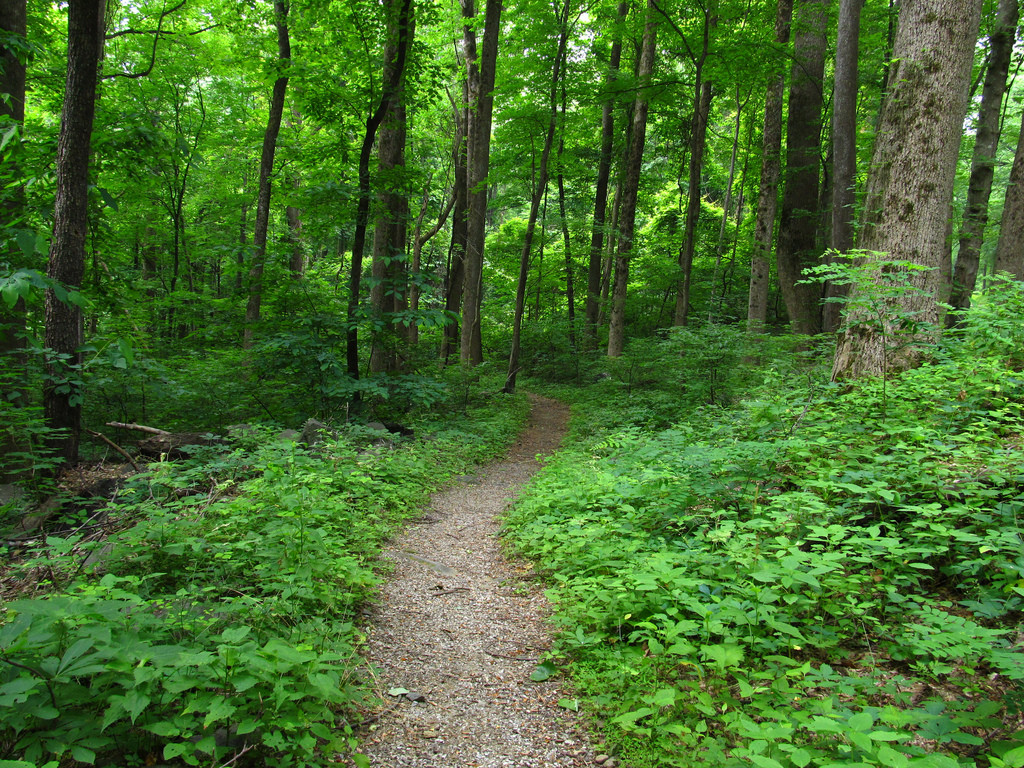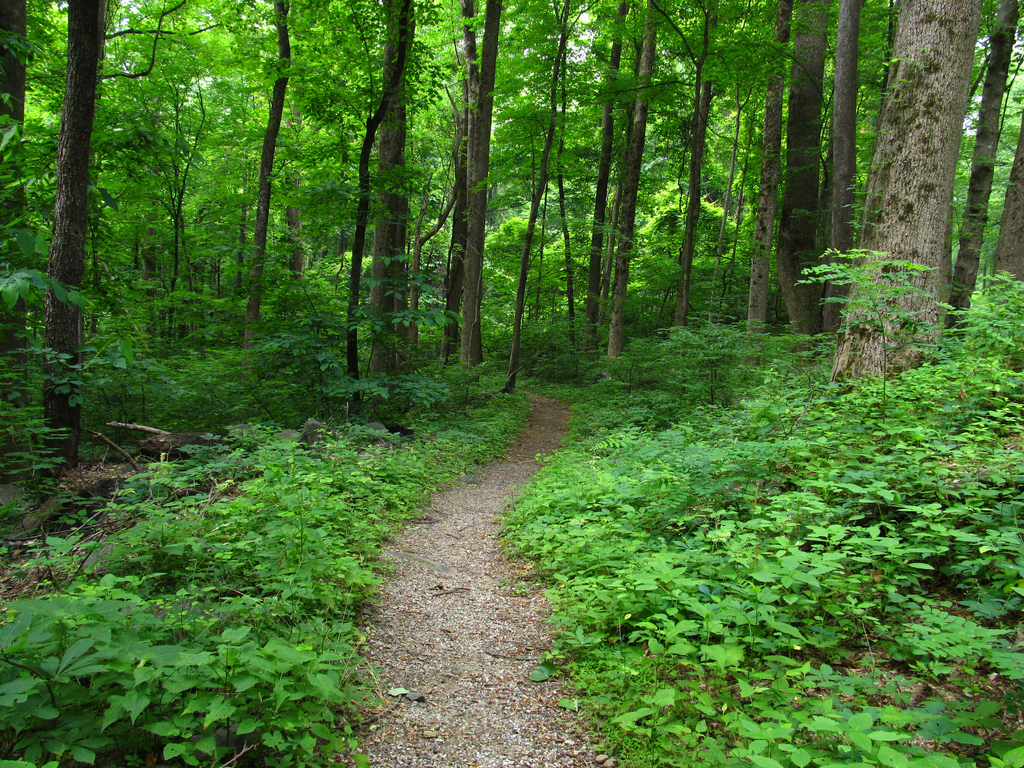
Every ten years, the International Union for Conservation of Nature hosts the World Parks Congress. In November, more than 6,000 people from 170 countries descended on Sydney, Australia to assess the state of the world’s protected areas at the sixth Congress.
Among the discussions were the 2020 targets for the protection of terrestrial and marine ecosystems set by the Convention on Biological Diversity in 2010. So at the half-way point, how are we doing? Pretty well. The terrestrial target of 17% has almost been met, and while lagging behind, we have tripled the protection of oceans to over 3%. While this sounds like a reason to celebrate, the numbers may be deceptive.
Analyses presented in the journal Nature, and at the Congress, suggest that while the area of lands and seas protected is growing, quality may be lacking. For instance, declaring a vast protected area in the open ocean may sound good, but these areas are like biological deserts when compared to the ocean’s rich, productive, and often overused coasts. Not surprisingly, coastal areas are under-represented in our network of parks.
Management is another concern. Studies presented at the Congress suggest that 20-50% of protected areas have no staff or investment, and offer little protection to the resources they encompass. Better stewardship is needed to ensure that the world’s protected areas conserve Earth’s biodiversity and the ecosystem processes that support all life, including people.
Moving forward, experts say the focus should be on effectively managing existing protected areas and targeting biodiversity-rich, highly productive land for future protection.
**********
.
Web Links
Photo, posted June 3, 2011, courtesy of Ken Lund via Flickr.
.
Earth Wise is a production of WAMC Northeast Public Radio, with script contribution from the Cary Institute of Ecosystem Studies.
